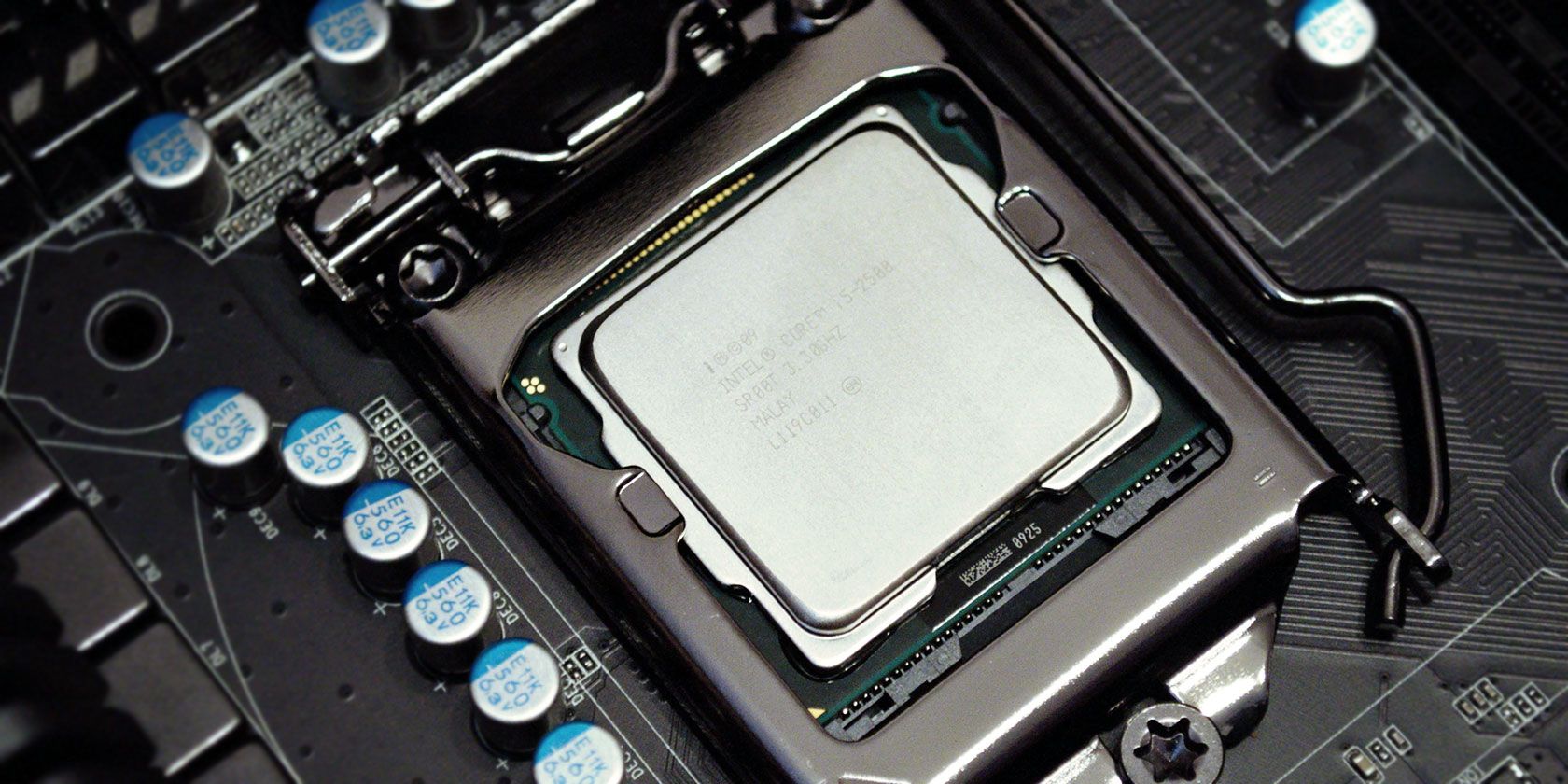
Acronyms are not uncommon in the world of computer hardware. CPU, GPU, RAID, SSD… the list goes on.
Many of these acronyms have entered the common geek vocabulary. Most people know what a CPU is (at least they think they know), but others are more obscure. One example is TDP, which stands for Thermal Design Power.
This specification is rarely made available in marketing material, but it’s important for developing a full understanding of a processor’s potential.
What Does TDP Mean?
Thermal Design Power, or TDP, refers to the maximum amount of heat a CPU or GPU is expected to generate under general usage. TDP values are expressed in watts and are often used as a guide for how much power the hardware requires to function, as well as the level of cooling required to stop the hardware overheating.
For example, a part with a 12W TDP will potentially be cooled by a very small fan or a passive heatsink. A part with a 95W TDP, on the other hand, is going to need a substantial dedicated heatsink with a reasonably large fan (probably 80mm).
You’re most likely to see these three little letters attached to a CPU or GPU’s spec sheet, but it can be used to express the maximum power draw of a wide variety of electronics.
Is TDP Accurate?
Since this metric is based on power, it’s a useful way to understand how much power a component will draw relative to the competition. A lower thermal design power generally results in lower power consumption, which means greater battery life. However, TDP doesn’t always express the exact maximum. Rather, TDP is a nominal value to use as a guide.
Furthermore, TDP is a self-reported metric. What that means, in terms of TDP, is that each manufacturer announces TDP ratings for their hardware through internal research. Such a system can result in exaggerations, but for the most part, manufacturers report TDP with accuracy. There is a good reason for this.
If CPU and GPU manufacturers didn’t report TDP accurately, it would cause all kinds of hardware problems for consumers. In turn, the manufacturer’s reputation would suffer, and its hardware would quickly gain a negative reputation.
Intel vs. AMD TDP Ratings
Although the onus is on manufacturers to report hardware TDP ratings accurately, there are differences in the approach to reporting.
On the side of an Intel CPU box, you’ll find the three important bits of information: the advertised TDP value, the base clock speed, and the turbo clock speed. For example, in my PC is a now slightly aging Intel Core i5-3570K. The CPU has a base clock speed of 3.40GHz, a turbo clock speed of 3.80GHz, and a TDP rating of 77W.
However, Intel only guarantees the TDP rating of 77W up to the maximum base clock speed of 3.40GHz. Once it exceeds that and enters the turbo range, the TDP value also rises. But there is no information on the Thermal Design Power requirements for that extra processing power.
The difference in clock speed isn’t huge. But it is enough that should your computer run at that capacity for a prolonged time, your cooling will also begin to suffer. If you knew your system required better cooling, you would purchase that at the outset instead of a suboptimal alternative.
Conversely, many hardware enthusiasts believe AMD accurately rate their CPUs and GPUs, including the boost frequency settings. Hence why Intel CPUs carry a reputation for being hot and prone to overheating, while you can quite happily use the stock AMD cooler to keep your system working (in most cases).
PC cooling is important, especially for high-end builds. Check out the best PC cooling systems to keep your hardware working perfectly.
Examples of TDP Ratings for CPUs and GPUs
CPUs, GPUs, and other hardware types can have vastly different TDPs. One of the most common examples is the difference between a smartphone processor and a computer processor.
Take the Qualcomm Snapdragon 865, one of the most recent ARM-developed smartphone systems on a chip. The Snapdragon 865 has a TDP of 5 watts, yet it is a 64-bit 2.84GHz octa-core processor. Compare that to the top-tier Intel Core i9 9900K, which is a 3.60GHz octa-core processor with a TDP of 95 watts.
Did you find this post inspiring? Share on Pinterest by pinning this article!
